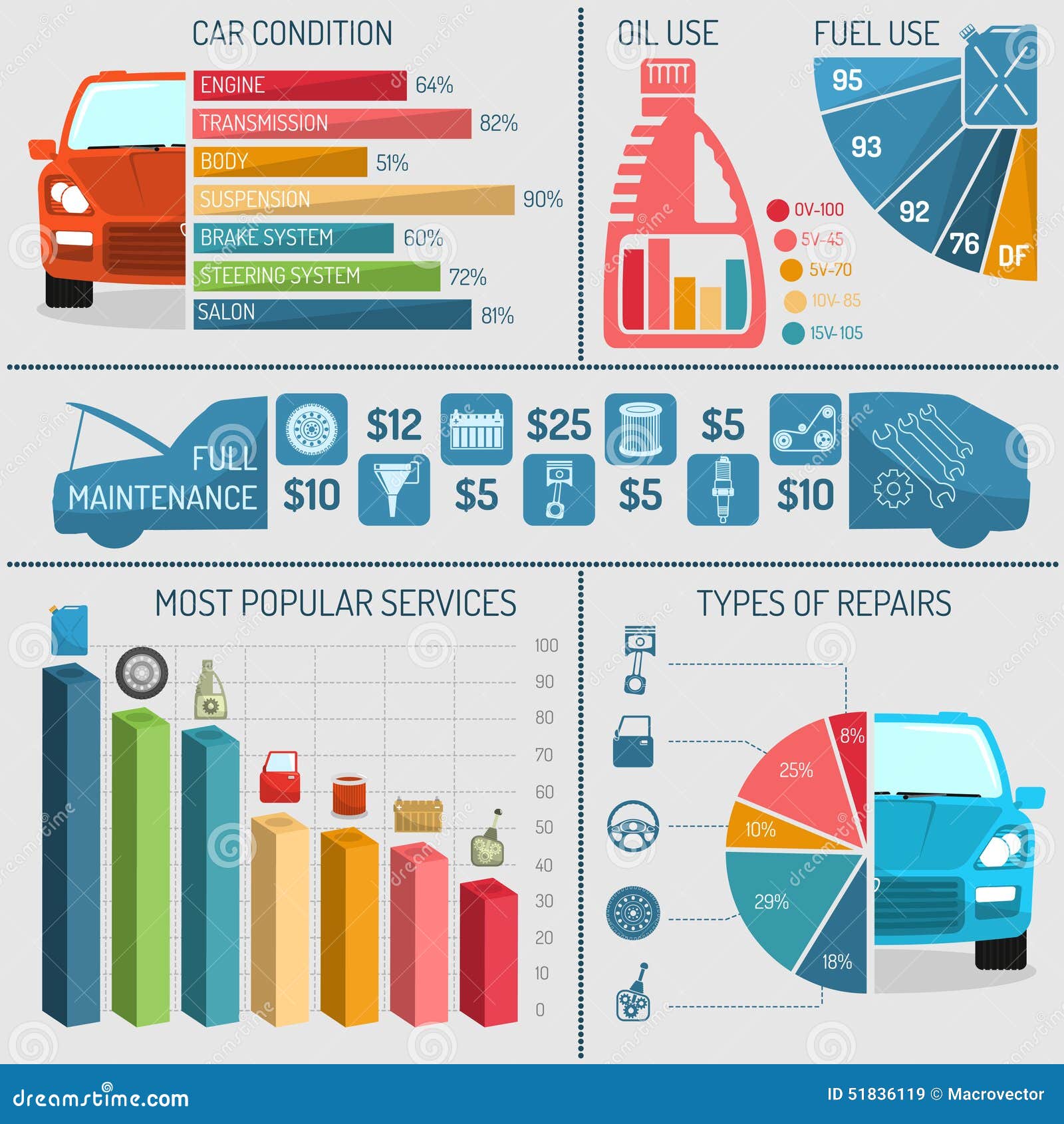Understanding The Definition Behind Your Vehicle'S Warning Lighting: A Comprehensive Look
Understanding The Definition Behind Your Vehicle'S Warning Lighting: A Comprehensive Look
Blog Article
Write-Up Writer-Sykes Dalgaard
When you lag the wheel, those beautiful caution lights on your control panel can be a bit puzzling. Do https://brake-repair73940.blogpixi.com/30219366/exactly-how-to-describe-an-automobile-in-under-an-hour-a-beginner-s-quick-overview understand what they're trying to inform you regarding your car's health? Recognizing the relevance of these lights is essential for your safety and security and the long life of your lorry. So, the following time one of those lights pops up, would not you intend to decipher its message accurately and take the needed actions to address it?
Common Warning Lights and Interpretations
Recognize usual warning lights in your cars and truck and recognize their definitions to make certain secure driving.
One of the most typical caution lights consist of the check engine light, which signifies concerns with the engine or exhausts system. If espressocarwashbotanytown begins, it's critical to have your lorry examined immediately.
The oil stress warning light suggests low oil pressure, calling for immediate focus to stop engine damage.
A flashing battery light could suggest a defective charging system, potentially leaving you stranded if not attended to.
The tire pressure monitoring system (TPMS) light alerts you to reduced tire pressure, affecting lorry security and gas effectiveness. Overlooking this might bring about harmful driving conditions.
The ABS light indicates a problem with the anti-lock stopping system, jeopardizing your capacity to stop swiftly in emergencies.
Finally, the coolant temperature level cautioning light warns of engine getting too hot, which can result in severe damage otherwise solved promptly.
Recognizing these typical warning lights will help you deal with problems quickly and maintain safe driving problems.
Significance of Prompt Focus
Comprehending the common warning lights in your vehicle is only the first step; the significance of quickly resolving these cautions can not be highlighted sufficient to guarantee your security when driving.
When a caution light brightens on your control panel, it's your car's way of interacting a potential concern that needs interest. Neglecting these cautions can result in more extreme problems later on, endangering your safety and possibly costing you a lot more in repairs.
Prompt attention to advising lights can prevent failures and mishaps. As an example, a flashing check engine light might show a misfire that, if left unattended, can create damages to the catalytic converter. Resolving this immediately can save you from a costly repair service.
Similarly, a brake system advising light could signify reduced brake fluid or used brake pads, important parts for your safety and security when driving.
DIY Troubleshooting Tips
If you notice a warning light on your control panel, there are a couple of DIY repairing suggestions you can attempt prior to seeking specialist aid.
The primary step is to consult your vehicle's guidebook to comprehend what the particular caution light suggests. In some cases the issue can be as easy as a loose gas cap causing the check engine light. Tightening the gas cap may deal with the problem.
Another typical problem is a low battery, which can cause various warning lights. Inspecting the battery links for rust and ensuring they're secure could take care of the trouble.
If a caution light lingers, you can try resetting it by detaching the vehicle's battery for a few mins and after that reconnecting it. In addition, checking your lorry's fluid degrees, such as oil, coolant, and brake liquid, can help fix advising lights connected to these systems.
Conclusion
In conclusion, recognizing your auto's caution lights is crucial for keeping your lorry running smoothly and safely. By promptly dealing with these signals and understanding what they indicate, you can avoid costly repair work and prospective malfunctions.
Remember to consult your car's guidebook for certain details on each cautioning light and take action appropriately to ensure a trouble-free driving experience.
Remain notified, remain risk-free on the road!
